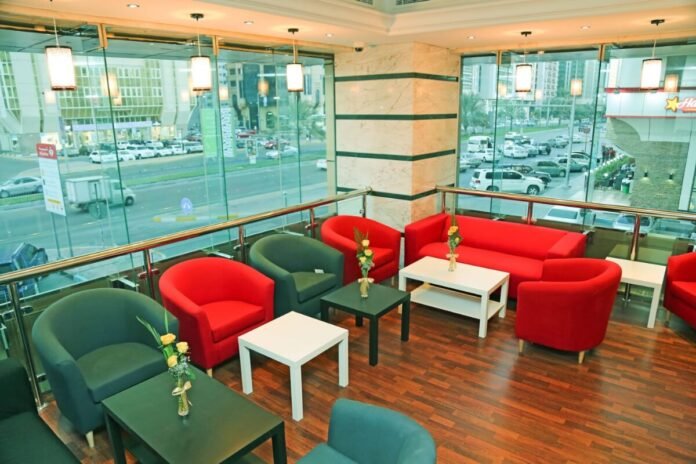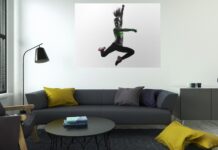Building rapport with visitors starts right from the doorstep!
Fear of doctors or fear of needles coupled with long waits amplifies the discomfort of people coming to get their health problems solved. This is why creating a reassuring atmosphere is a priority.
- Impersonal chairs are a thing of the past
Businesses that respect their customers have even resorted to massage chairs or brightly coloured sofas. A few minutes spent in the comfort of massage chairs takes the pain away ”by hand”, as some therapists claim. The high-performance devices are equipped with customised massage techniques and programmes that works various muscle groups and optimises a person’s psycho-emotional state.
Fujiiryoki massage chairs made of natural leather give the clinic a professional air and thus attract the credibility of clients. Logically, who wouldn’t prefer the typical comfort of massage chairs instead of hard chairs that cause back pain?
- Herbs convey optimism
Researchers believe that clinic and surgery rooms should be equipped with hardy indoor plants. Green is a calming colour, and the presence of elements from nature have the gift of conveying a positive mood to people with health problems. Plants can be placed in interestingly shaped containers to give a cheerful touch to the room.
- Details make the difference!
And these are all the more important when it comes to designing ‘cold’ spaces such as waiting rooms. The dramatic atmosphere can be ‘softened’ by using coloured mats to cover wooden or tiled floors.
Personalising walls with paintings is also an inspired design idea. Landscapes, sunsets, divine symbols or animals are best. Avoid brightly coloured images, or those that evoke crowds, crowds of people or violent scenes.
- The background sound is a must have
Hundreds of studies have demonstrated the influence of music on the human psyche. Musical genres such as classical, jazz, instrumental, flute and even nature sounds lower cortisol levels and increase endorphin production. The presence of a playlist with music in the background contributes greatly to the mental relaxation of people in the waiting room.
Relaxing music and the placement of comfortable chairs or sofas complete the picture of a professional setting where people are waiting to come in for their scheduled consultation. Many clinics have done away with wooden or plastic chairs, which visitors used to avoid, preferring to sit more upright.
- The colour of light is crucial
Sufficient light is indispensable in a high-traffic space. Of course, natural light is good for eye health and mood, but not all waiting rooms are designed to receive plenty of light. Fortunately, a variety of lighting options are available: LEDs, spotlights, garlands of bulbs, etc. The colour of the light shapes the atmosphere. Lighting fixtures that emit a warm, welcoming and friendly light will give exactly these feelings to customers who pass through the door.
The waiting room is like a business card for the business. What it conveys influences the customer’s decision whether to return in the future or choose the competition.
Photo source: unsplash.com





